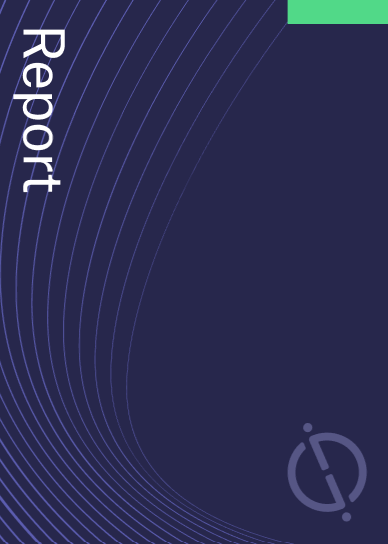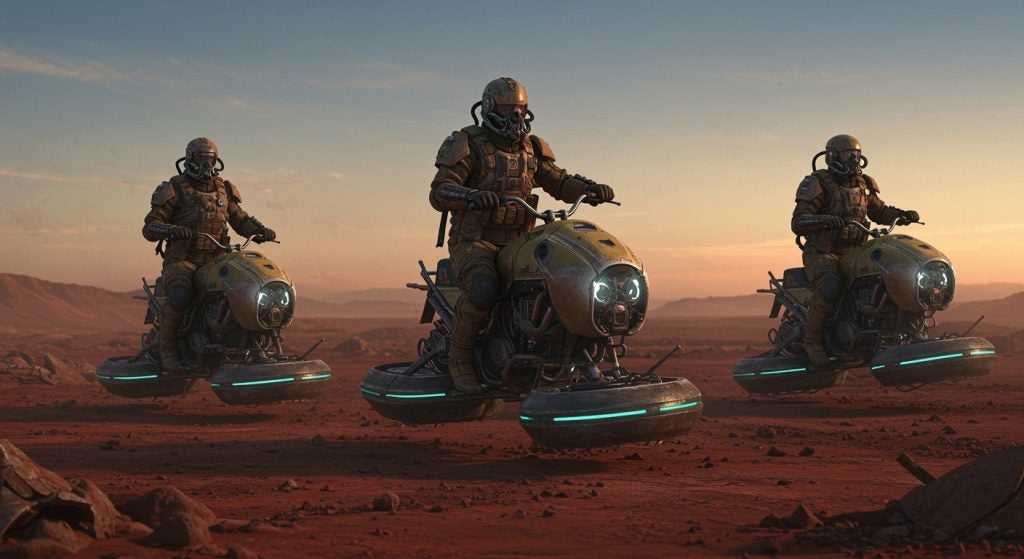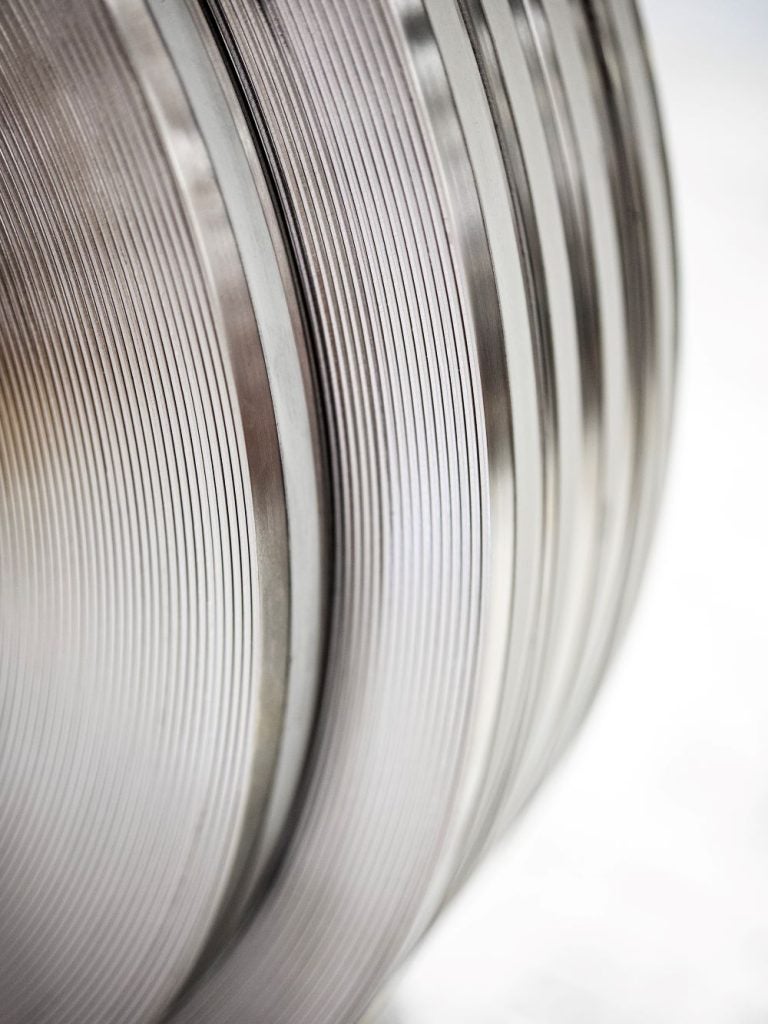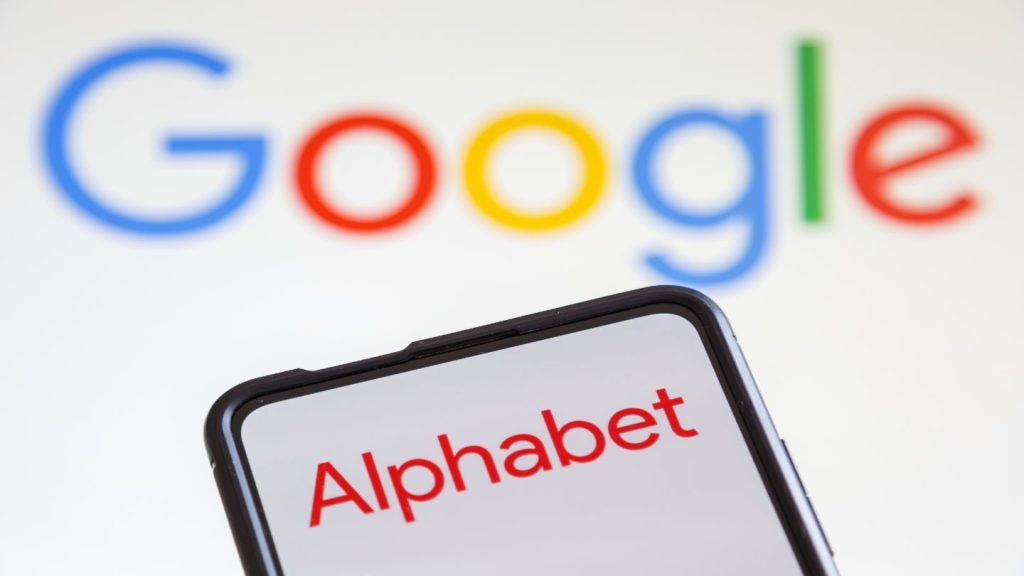Automation Anywhere has been granted a patent for computerized robotic process automation (RPA) methods and systems that increase flexibility and lower costs. The system allows for the execution of software robots without the need for preinstalled RPA software on user devices and enables the execution of software robots on different operating systems. The system also supports multiple sets of task processing instructions and provides a visual interface for users to view and control automation processing. GlobalData’s report on Automation Anywhere gives a 360-degree view of the company including its patenting strategy. Buy the report here.
According to GlobalData’s company profile on Automation Anywhere, AI-assisted OCR was a key innovation area identified from patents. Automation Anywhere's grant share as of September 2023 was 59%. Grant share is based on the ratio of number of grants to total number of patents.
Robotic process automation system with flexible deployment and execution


A recently granted patent (Publication Number: US11775339B2) describes a robotic process automation system that supports multiple sets of task processing instructions. The system includes a server processor that responds to user requests to automate work items. The system utilizes a virtual machine with a first operating system and one or more interpreters to manage and execute the task processing instructions. The server processor initiates the virtual machine on a separate computing device and allows the retrieval of the corresponding task processing instructions for a specific work item. The instructions are executed under the control of a node manager within the virtual machine, using the interpreters specific to the programming language encoded in the instructions.
The server processor also provides a visual interface to the user through a browser on their client device, allowing them to view the progress and control the automation processing. The system determines if the task processing instructions require the use of interpreters and employs them accordingly. Additionally, the system can alter the task processing instructions by replacing instructions encoded for use in a first operating system with instructions encoded for use in a second operating system.
The patent also describes a computer-implemented method for executing automation tasks. It involves initiating a node manager within a virtual machine on a computing device, retrieving the task processing instructions corresponding to the automation task, and executing them independently of the language in which they are encoded. The method also includes providing a visual interface to the user for monitoring and controlling the automation task.
Furthermore, the patent discloses a non-transitory storage medium containing program modules with computer-executable instructions for executing automation tasks. These instructions initiate a node manager within a virtual machine, retrieve the task processing instructions, and execute them in a language-independent manner.
Overall, this patent presents a robotic process automation system that utilizes a virtual machine and interpreters to automate work items. It provides a user-friendly interface for monitoring and controlling the automation tasks and allows for the alteration of task processing instructions to accommodate different operating systems.
To know more about GlobalData’s detailed insights on Automation Anywhere, buy the report here.
Data Insights
From

The gold standard of business intelligence.
Blending expert knowledge with cutting-edge technology, GlobalData’s unrivalled proprietary data will enable you to decode what’s happening in your market. You can make better informed decisions and gain a future-proof advantage over your competitors.







